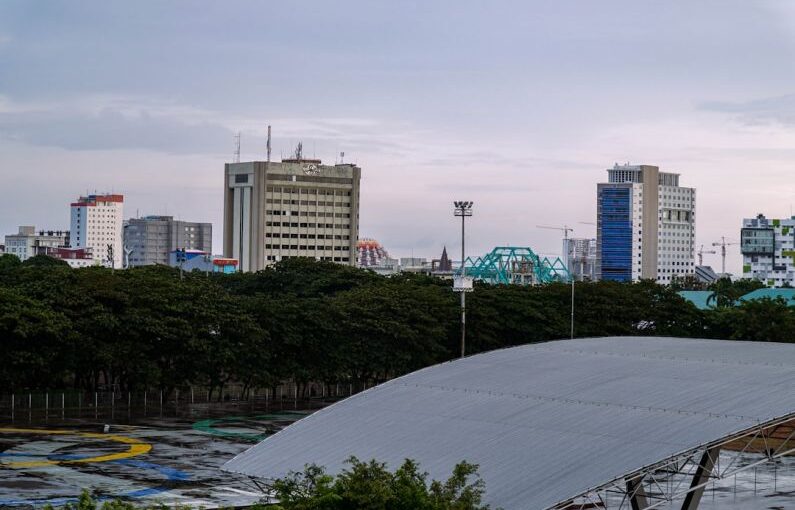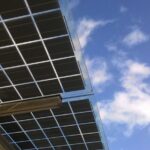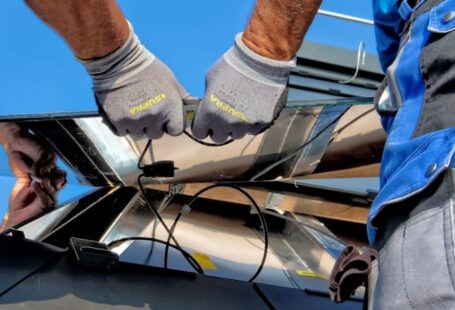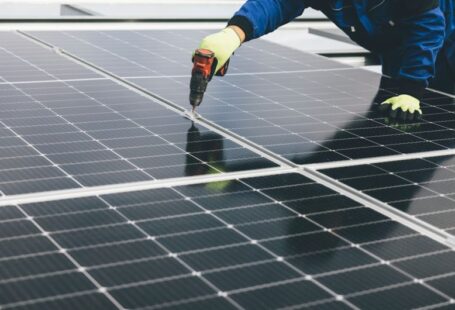The bustling city of Makassar in Indonesia is making significant strides in urban development by integrating renewable energy sources into its infrastructure. This innovative approach not only addresses the growing energy demands of the city but also contributes to a more sustainable and environmentally friendly future. The Makassar Solar Integration project is a prime example of how urban areas can harness the power of renewable energy to meet their needs while reducing their carbon footprint.
**The Rise of Solar Power in Makassar**
Makassar, known for its rapid urbanization and increasing energy consumption, has been facing challenges in meeting the electricity demands of its growing population. In response to this, the city has turned to solar power as a clean and renewable energy source to supplement its traditional power grid. The installation of solar panels on rooftops, public buildings, and other urban spaces has become a common sight in Makassar, showcasing the city’s commitment to sustainable energy solutions.
**Benefits of Solar Integration in Urban Development**
The integration of solar power into Makassar’s urban development brings a host of benefits to the city and its residents. One of the primary advantages is the reduction of greenhouse gas emissions, which helps combat climate change and improve air quality in the region. By relying on solar energy, Makassar can decrease its dependence on fossil fuels, leading to a more resilient and environmentally conscious city.
Moreover, solar integration contributes to energy security by diversifying the city’s energy sources and reducing its reliance on imported fuels. This, in turn, helps stabilize energy prices and enhances the city’s energy independence. Additionally, the adoption of solar power creates new job opportunities in the renewable energy sector, stimulating economic growth and promoting innovation in the city.
**Challenges and Solutions**
While the integration of solar power in urban development offers numerous benefits, it also presents challenges that need to be addressed. One of the main obstacles is the initial cost of installing solar panels and infrastructure, which can be prohibitive for some residents and businesses. To overcome this barrier, the city of Makassar has implemented various financial incentives and support programs to promote the adoption of solar energy, making it more accessible to a wider range of stakeholders.
Another challenge is the intermittent nature of solar power, which depends on weather conditions and daylight hours. To mitigate this issue, the city has implemented energy storage solutions such as batteries to store excess energy generated during peak sunlight hours for use during periods of low solar output. This ensures a reliable and continuous power supply for residents and businesses, enhancing the overall efficiency of the solar integration project.
**The Future of Urban Development in Makassar**
As Makassar continues to expand and modernize, the integration of renewable energy sources like solar power will play an increasingly vital role in shaping the city’s future. By embracing sustainable energy solutions, Makassar not only reduces its environmental impact but also sets a precedent for other urban areas to follow suit. The city’s commitment to solar integration demonstrates its dedication to building a greener, more resilient, and thriving community for generations to come.
**Innovative Approaches to Sustainable Development**
The Makassar Solar Integration project exemplifies how urban development can be seamlessly intertwined with renewable energy initiatives to create a more sustainable and livable city. By harnessing the power of the sun, Makassar is paving the way for a cleaner, greener future while fostering economic growth and environmental stewardship. This innovative approach serves as a model for other cities looking to embrace sustainable development practices and build a more resilient urban landscape.





